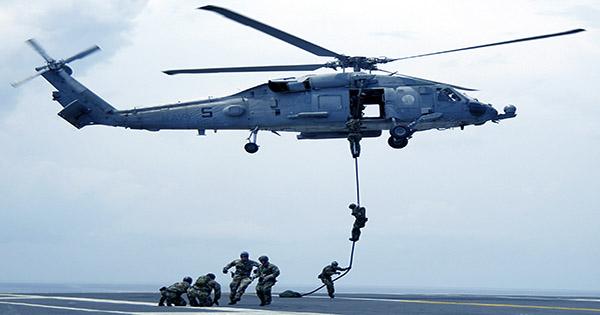In physics exams, there are usually a few problems that, despite their simplicity, leave us perplexed. A 2014 qualifying exam question for the US Physics Team is one of the most famous in recent years since nearly no one could agree on the solution.
Many people disagree with the American Association of Physics Teachers’ response, so Derek Muller, the creator of the YouTube channel Veritasium, decided to show the true answer for the last time.
To do so, he flew to the skies because the hypothetical issue necessitates the use of a helicopter and a rope, and Muller, fortunately, owns a popular YouTube channel and can afford to charter a chopper. (Muller is not afraid to go to lengths to establish his point.)
“A helicopter is flying at a steady speed horizontally. The question states, “A fully flexible uniform wire is suspended underneath the helicopter; air friction on the cable is not insignificant.” “Which of the following illustrations most accurately depicts the form of the cable as the helicopter flies to the right?” The exam takers were five diagrams from which to pick.
This topic has sparked debate among physicists, students, and science enthusiasts alike. Muller spoke with Professor Paul Stanley, the question’s originator, in his latest video, which has already received 4 million views, on how many individuals developed their own version of the hypothetical scenario to support their answer after completing the exam (or what they considered to the correct answer).
A survey on Veritasium’s channel reveals that there is little consensus on which diagram is right, however, most users like diagram C, followed by B, and then D. Have you received your response yet? If you have not already done so, now is the time to do so since we will give you a complete explanation following the video?
The exam’s answer, as proved by Muller, is B. Because the question is about forces, we must consider what the rope is going through. It has a weight, it is linked to the helicopter via tension, and it is experiencing air resistance since the chopper is travelling at a constant speed. If the rope is divided into small segments, each will have a different weight and suffer the same air resistance, which will be similar to the rope’s weight. Given its little weight, the bottom part has little stress. As we progress up the rope, the tension builds to a peak at the summit.
However, because the weight pulls the rope down and air resistance pulls the rope across, the direction of this strain and the direction of the rope remain unchanged. The intensity of the air resistance and the direction of the rope would change if the helicopter’s constant speed changed, but not the rope’s overall form.
Muller, on the other hand, enjoys going that extra mile with his experiments, and in the video, he recreates the original form of the question (not used in the test) with a weight added to the rope’s bottom. In such an instance, what do you suppose would happen to the rope? For minimal air resistance on the weight, the form changes as expected. In that scenario, the correct answer is the D-shaped form.














